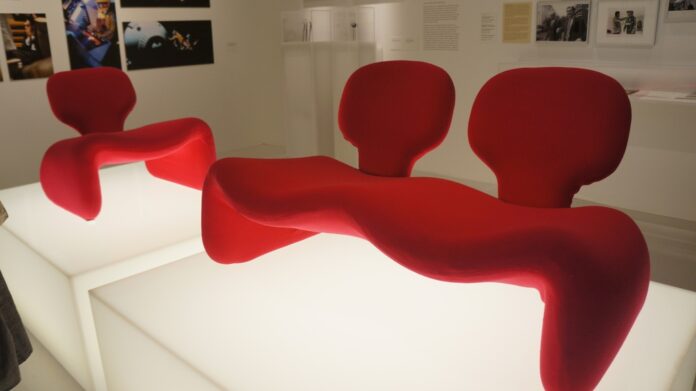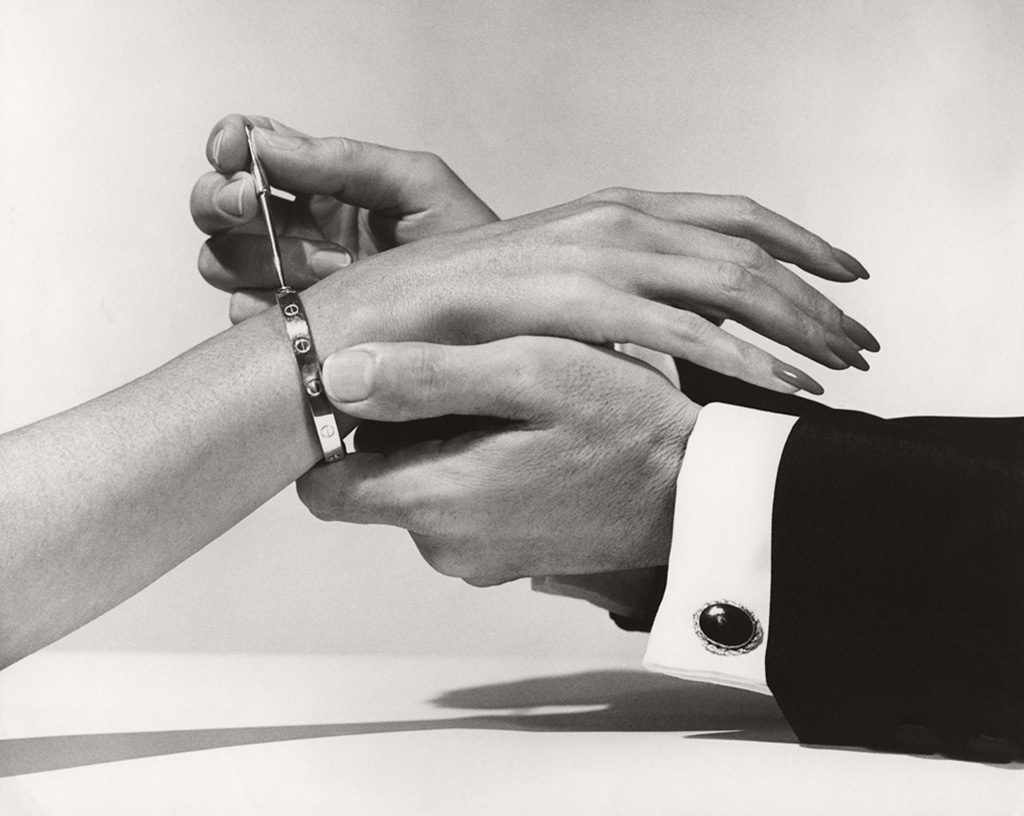2001: A Space Odyssey, a 1968 film directed by Stanley Kubrick, is an undisputedicon of science fiction cinema. Set in a hypothetical and distant future, it deals with complex issues related to space exploration and human evolution. The film has left an indelible imprint on the collective imagination, however, its impact is not only limited to the plot and the profound messages it conveys. 2001: A Space Odyssey also stands out for its innovative and visionary design, which was decisive in creating an unforgettable cinematic experience.
In cinema, design plays an essential function in conveying the atmosphere, narrative and overall vision of a film. In the case of 2001: A Space Odyssey, design played a significant role in bringing to life a futuristic, extraordinarily realistic and fascinating world. The meticulous work done by Kubrick and his design team made the film a visual triumph, pushing the limits of creativity and imagination.
The Discovery One spacecraft: an icon of space design
In his masterpiece, Kubrick devoted ample space to the setting of Discovery Onethe famous spaceship on its way to Jupiter. Its futuristic and innovative design has captured the public’s imagination since its debut on the silver screen.
Discovery One ‘s profile is characterised by clean lines, aerodynamic shapes and metallic materials, giving it an elegant and technologically advanced appearance. Sleek and powerful, the spacecraft evokes a sense of grandeur in the sidereal void.
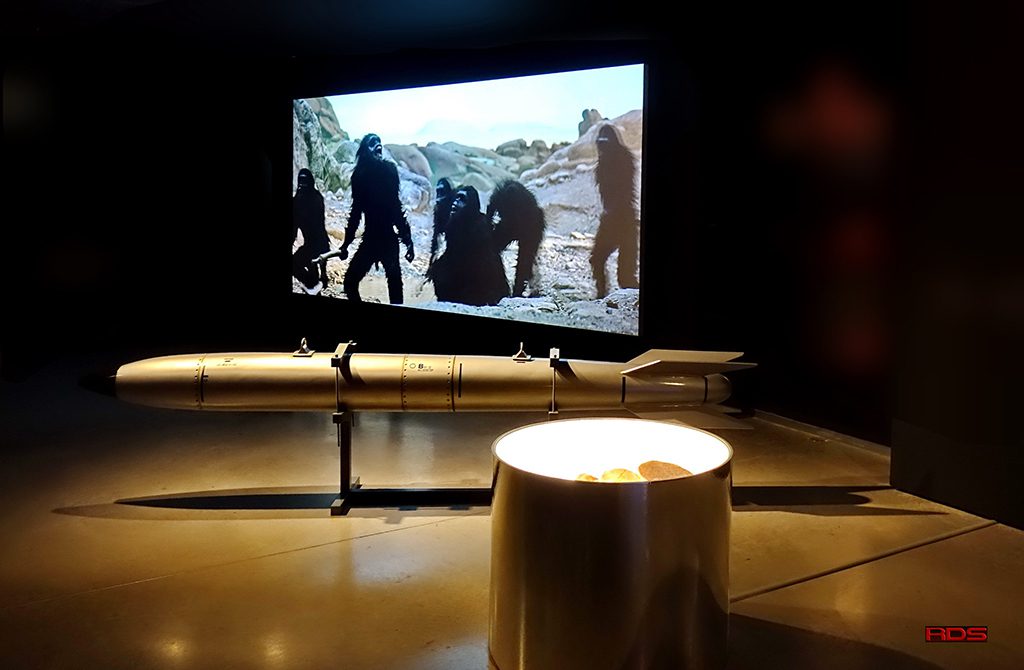
One of the most fascinating aspects of the Discovery One ‘s design is its functionality. The sliding doors, docking mechanisms and minimalist control panels contribute to an atmosphere of efficiency and technological precision. Every detail is carefully considered to convey a sense of realism and authenticity.
Kubrick and his team designed the Discovery One spacecraft to fit the needs of the astronauts, offering habitable and functional spaces. The rest areas, control stations and research areas have been carefully designed to optimise space utilisation, realistically taking into account the limitations necessary for space environments.
The props were chosen not only to create a striking colour contrast, but also for their symbolic allusiveness. Kubrick himself stated that he “sought to portray a visual experience, bypassing comprehension to penetrate directly into the unconscious”.
The Djinn easy chair by Oliver Mourgue
Inside the space station, one of the most iconic design elements is the Djinn easy chair in a fiery red colour. Created by French designer Olivier Mourgue and produced by Airborne International in 1963, it is now out of production.
With its organic, enveloping design that ergonomically hugs the body, the Djinn easy chair was meant to suggest a moment of relaxation and rest for astronauts within the strict, technological environment of the spacecraft. The fluid, sinuous lines of the chair evoke a feeling of movement and dynamism, while its curved shape suggests optimal comfort.
The innovative design of the Djinn easy chair perfectly complemented the futuristic aesthetics of the space station, creating a modern, avant-garde atmosphere.
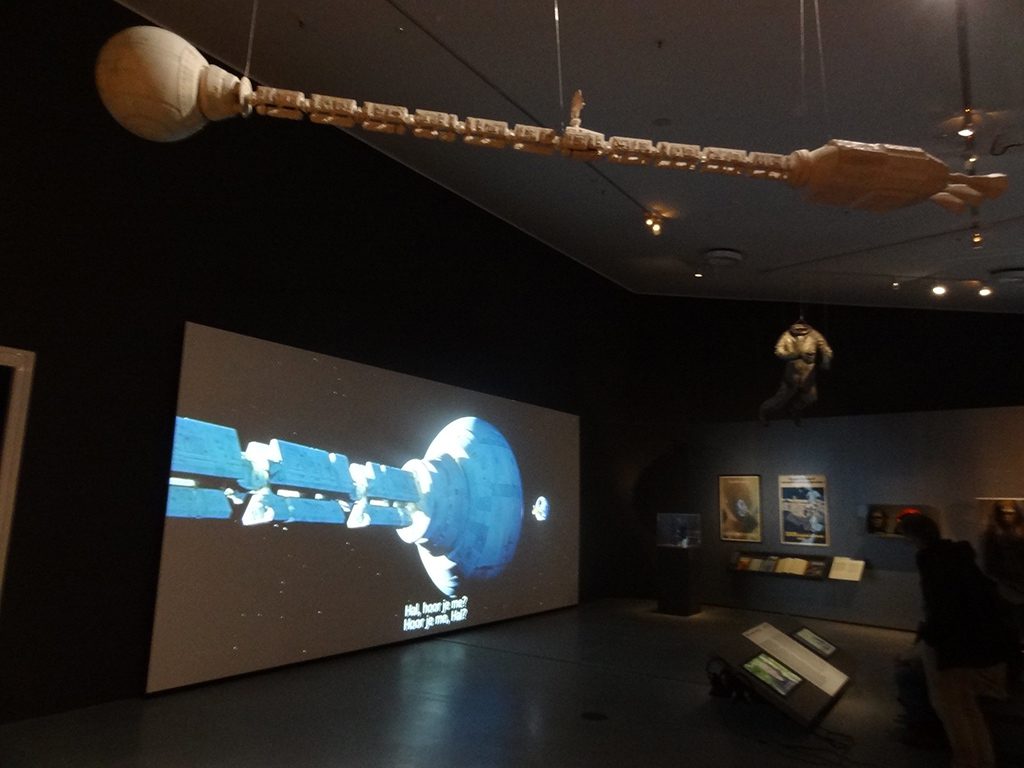
Eero Saarinen’s Tulip tables: minimalism and functionality in space
Inside Discovery, along with the red Mourgue armchairs, were the Tulip coffee tables, designed by Eero Saarinen for Knoll. Characterised by clean lines and elegant curves, these coffee tables represent an exceptional fusion of minimalism and functionality.
Their simple, curvaceous shape echoed the futuristicaesthetics of the film, contributing to a modern and sophisticated spatial ambience. The timeless design of the Tulip coffee tables perfectly complemented the spaceship’s technological and futuristic atmosphere, adding a touch of sophistication to the interior.
In addition to their aesthetic appearance, the Tulip side tables are distinguished by their functionality. The tulip-shaped base provides stability and takes up little space, while the table tops are made of durable, easy-to-clean materials. Elements, these, that make them perfect for placement in a spatial environment, thanks to their functionality and small footprint.
Knoll’s Tulip coffee tables have had a significant impact in the field of interior and furniture design. Their sleek, minimal lines have made them popular even outside the film context. They have become objects of desire for design lovers and have been incorporated into numerous furniture projects and public spaces.
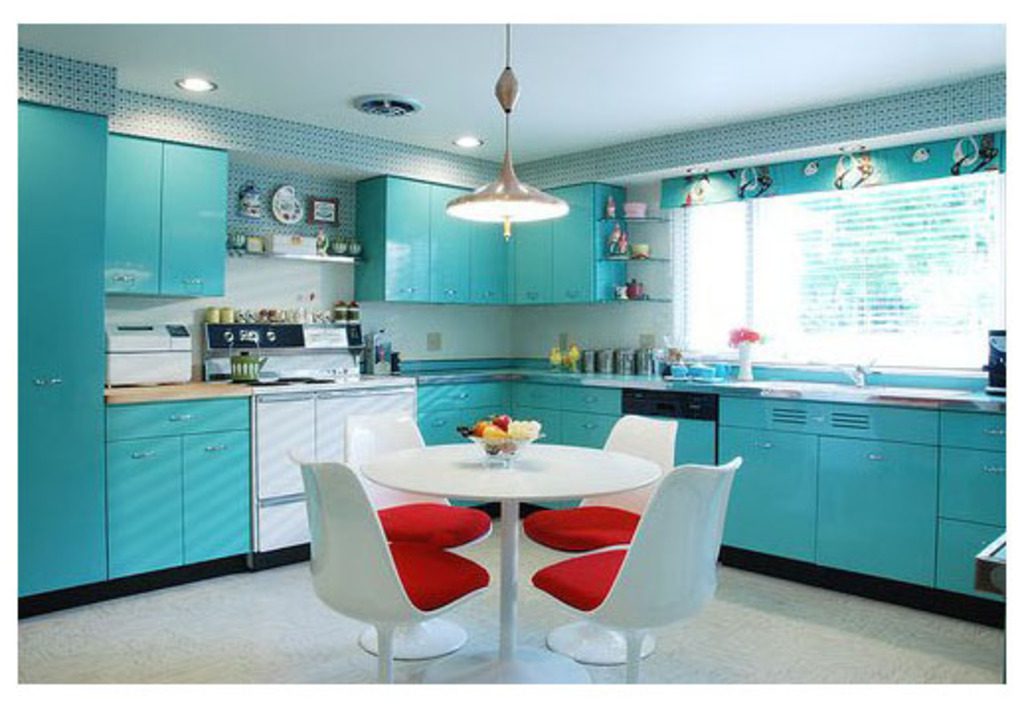
Beyond cinema
The Djinn easy chairs and Tulip coffee tables are just some of the design icons featured in 2001: A Space Odyssey. These objects helped create the atmosphere of the film and nourished the audience’s imagination even outside the cinema space. The design of 2001: A Space Odyssey proved that cinema can be a medium for exploring and anticipating the future, inspiring creativity and the search for innovative solutions.
Fiammetta Cantini @Stiledesign. Reproduction reserved
You might also be interested in:
- The widespread design of Charles Eames
- The Munari Habitacle
- A revolution in the concept of living: the Wassily Chair


